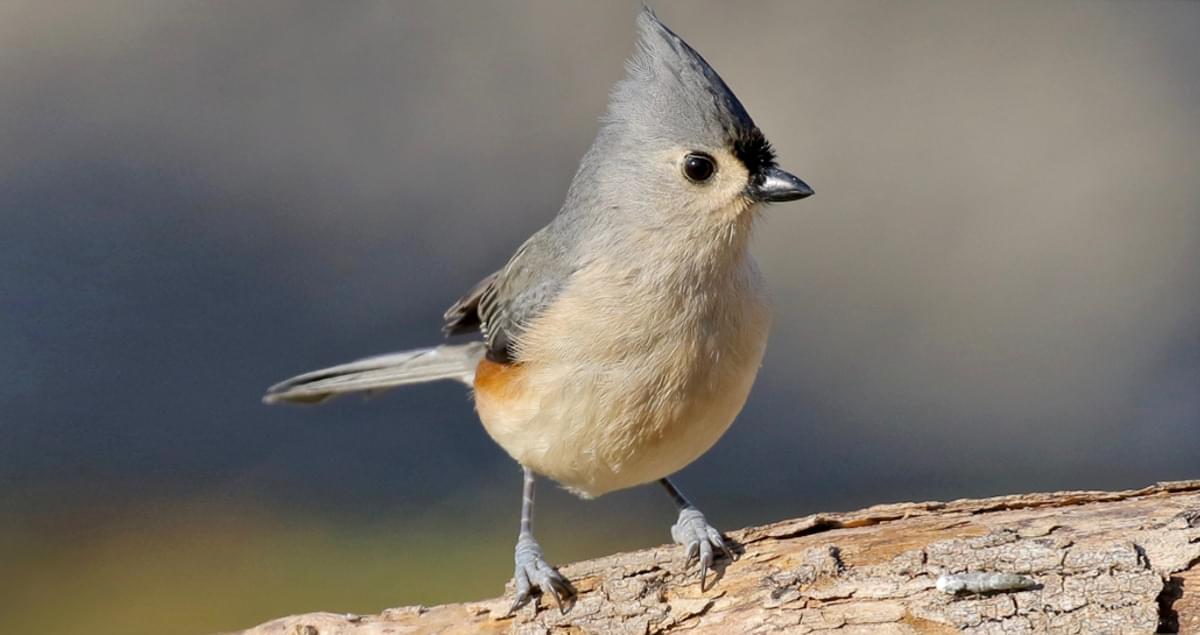For this entry , I visited my phenology spot on April 12th, the Monday after a very sunny and warm weekend. Over the weekend lots of trees and plants started blooming, so I was very excited to see some of the changes at my spot in Centennial Woods.

Here is the spring view at my phenology spot, where you can see some green starting to pop up. There was a large amount of barberry bushes, most not yet with berries. There were also some elderberry plants with purple buds starting to flower.


My spot has mostly coniferous trees, so there was not a lot of tree blooms to observe. The ferns that had covered most of the forest floor were shriveled up and dying. I also think heavy human traffic could have played a part, as many of them were flattened out on the ground.

I was also able to see some spring budding on trees. The Norway Maples, one of the focal species at my spot, was starting to bloom. Within the bud you could see both the leaves and the helicopters opening up.

Looking up, I saw red buds in the forest canopy a little ways away from my spot. I followed them back to this tree but the branches were high up so it was hard to identify based on the buds. My best guess is that it was a Red Maple.
During my visit I heard many different bird calls and saw quite a few birds. For the ones I was not able to see, I used a bird song ID app for identification. I saw a chickadee, American robin, and goose and identified a tufted titmouse and eastern phoebe with the app.




I also included a species interaction diagram, showing the relationships between red maple, barberry, squirrel, chickadee, mosquito, and worm. My phenology spot did not have upper trophic level species, just producers, primary and secondary consumers, and decomposers.
